LaTeX templates and examples — Two-column
Recent
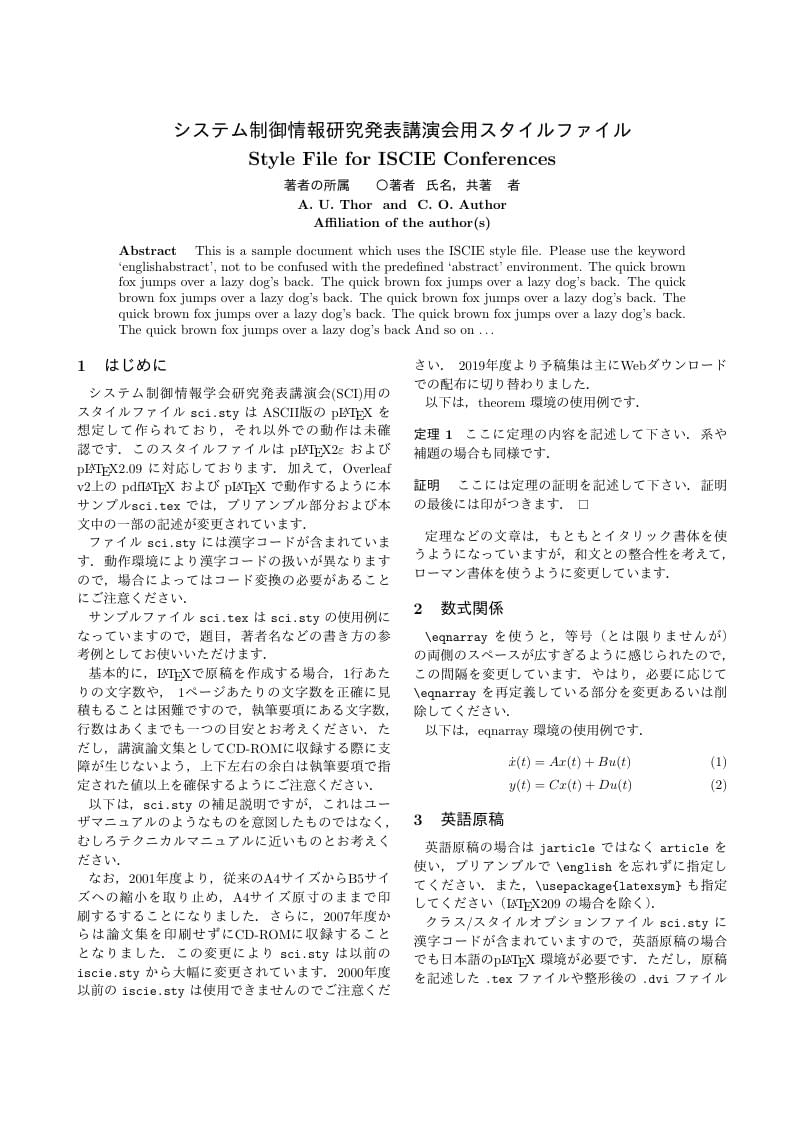
システム制御情報研究発表講演会(SCI)用スタイルファイル
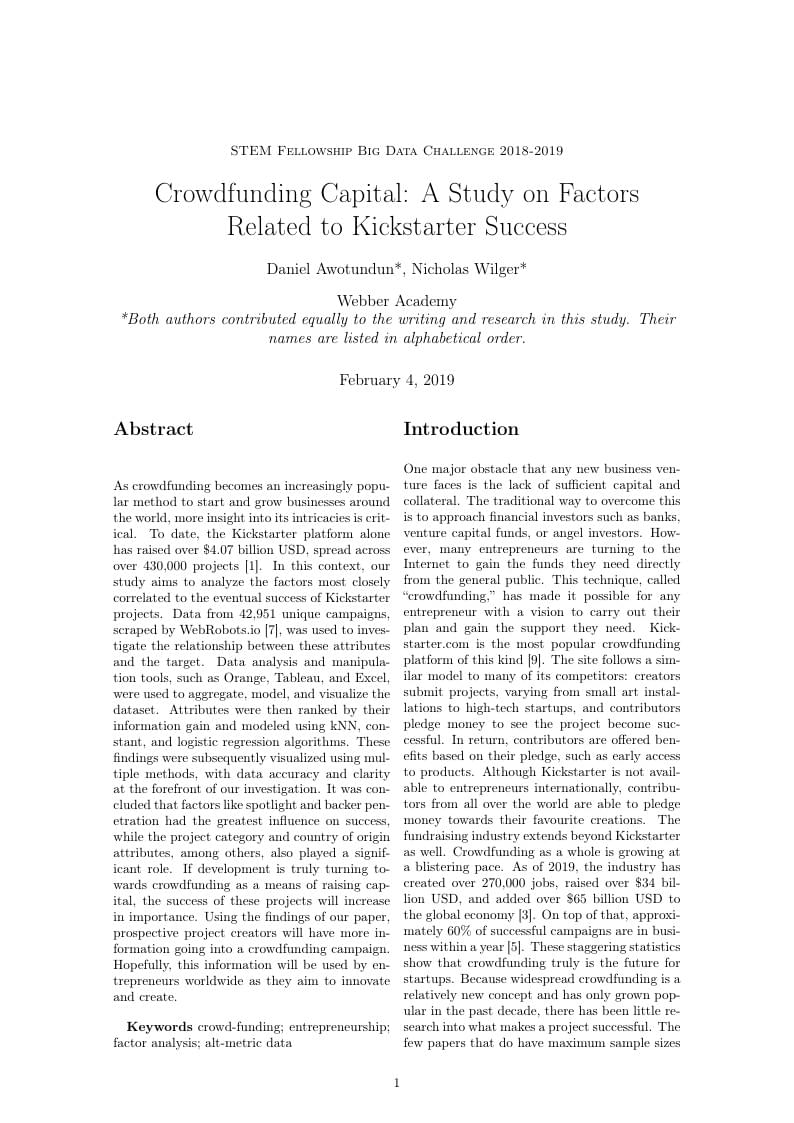
This study aims to analyze what altmetric factors affect the success of a Kickstarter campaign. This project was created by two high school students for the Big Data Challenge.
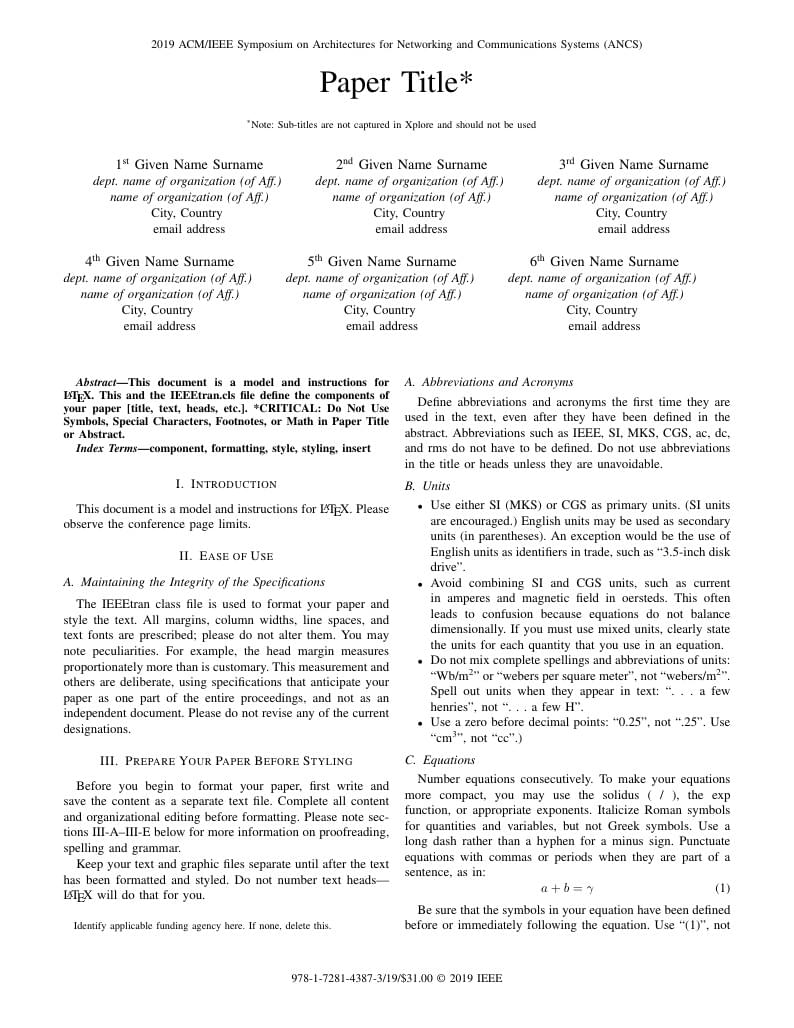
LaTeX template for 2019 ACM/IEEE Symposium on Architectures for Networking and Communications Systems (ANCS).
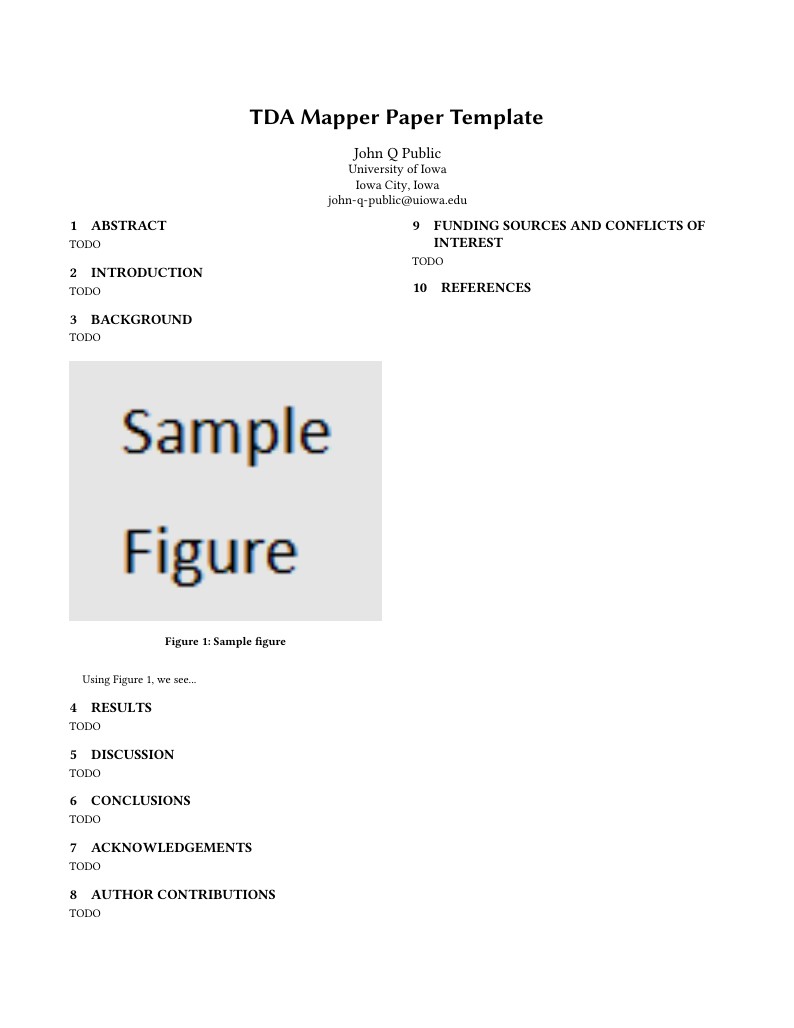
Template for use in the University of Iowa course MATH:3900 Introduction to Math Research.
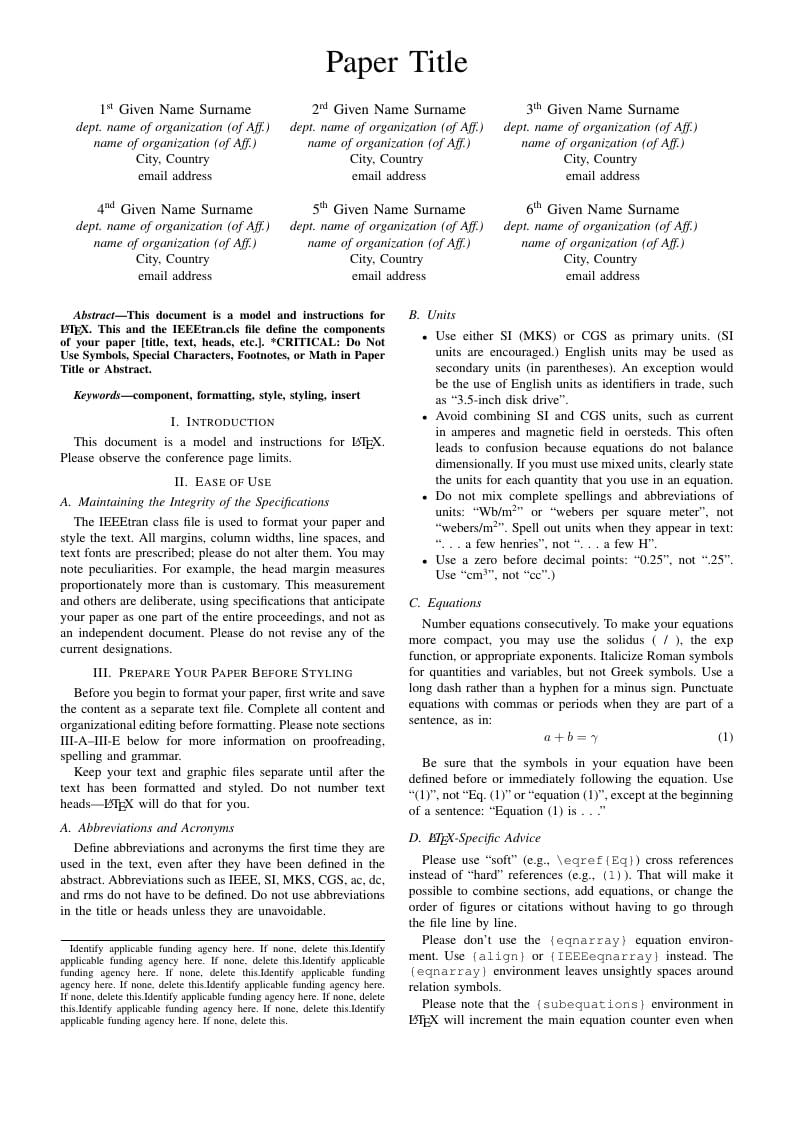
This document is an official template for The International Conference on Mechatronics.
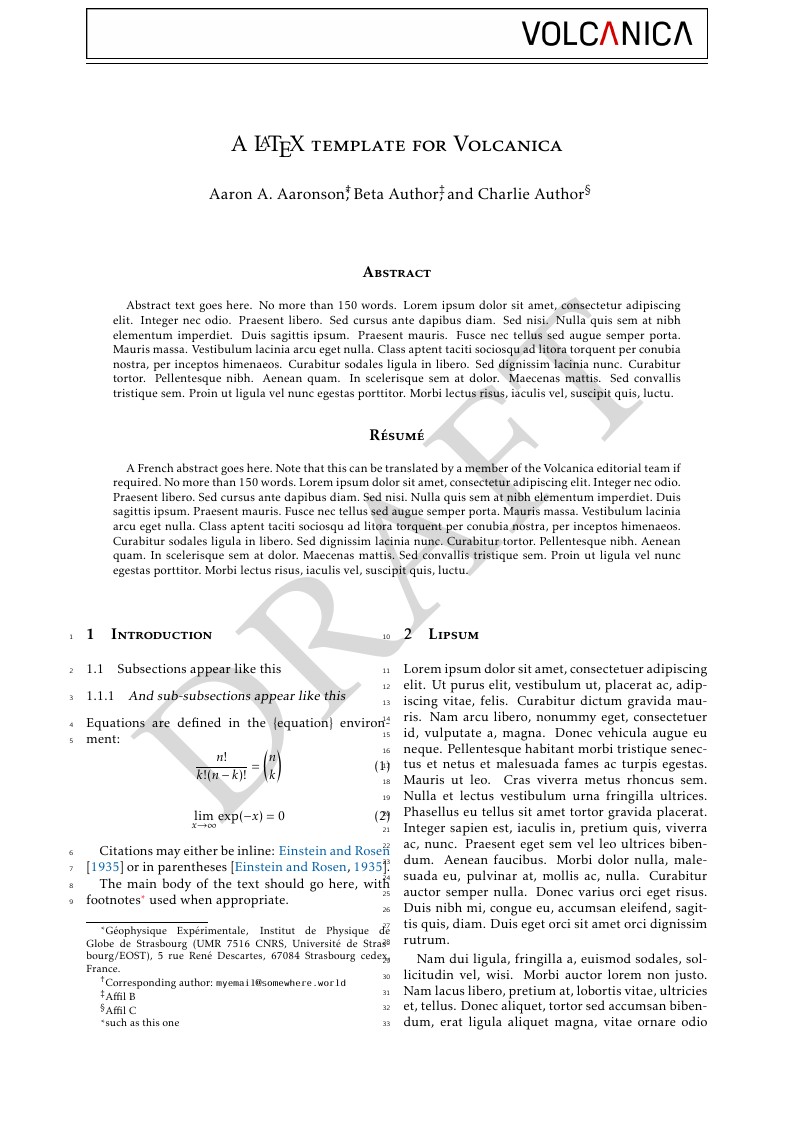
Template for the Volcanica journal, downloaded from the Author guidelines page on 12 Dec, 2017.
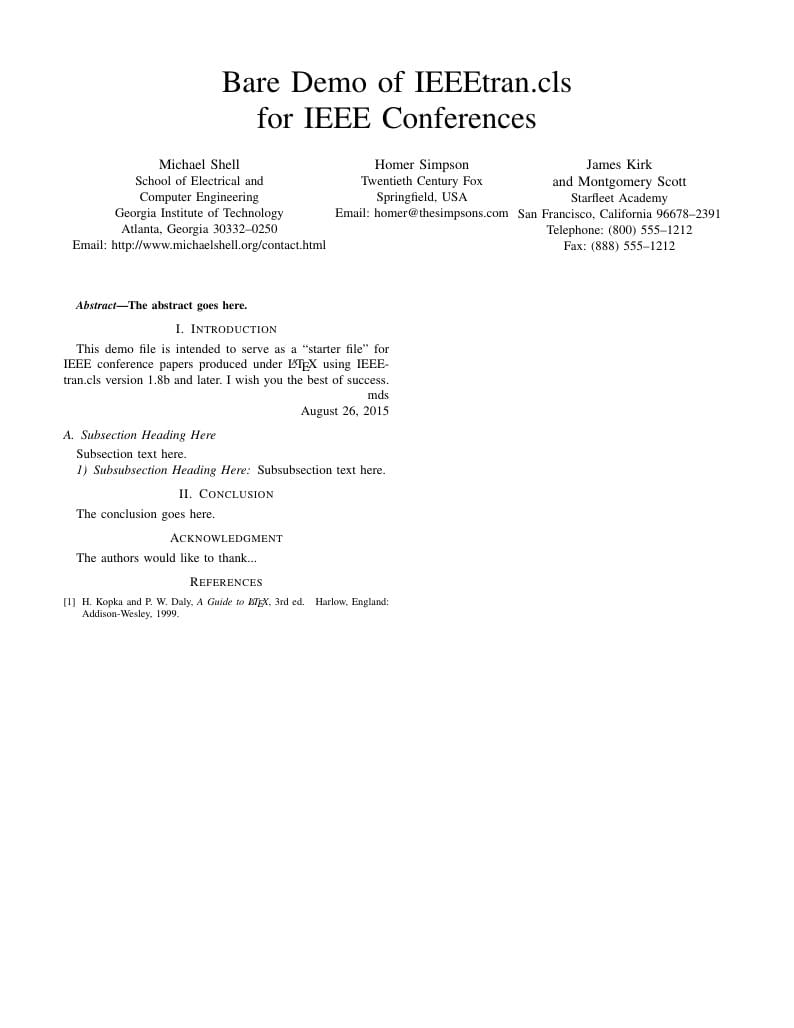
This demo file is intended to serve as a ``starter file'' for IEEE conference papers produced under LaTeX using IEEEtran.cls version 1.8b and later. This is one of a number of templates using the IEEE style that are available on Overleaf to help you get started - use the tags below to find more. IEEEtran.cls version: 1.8b
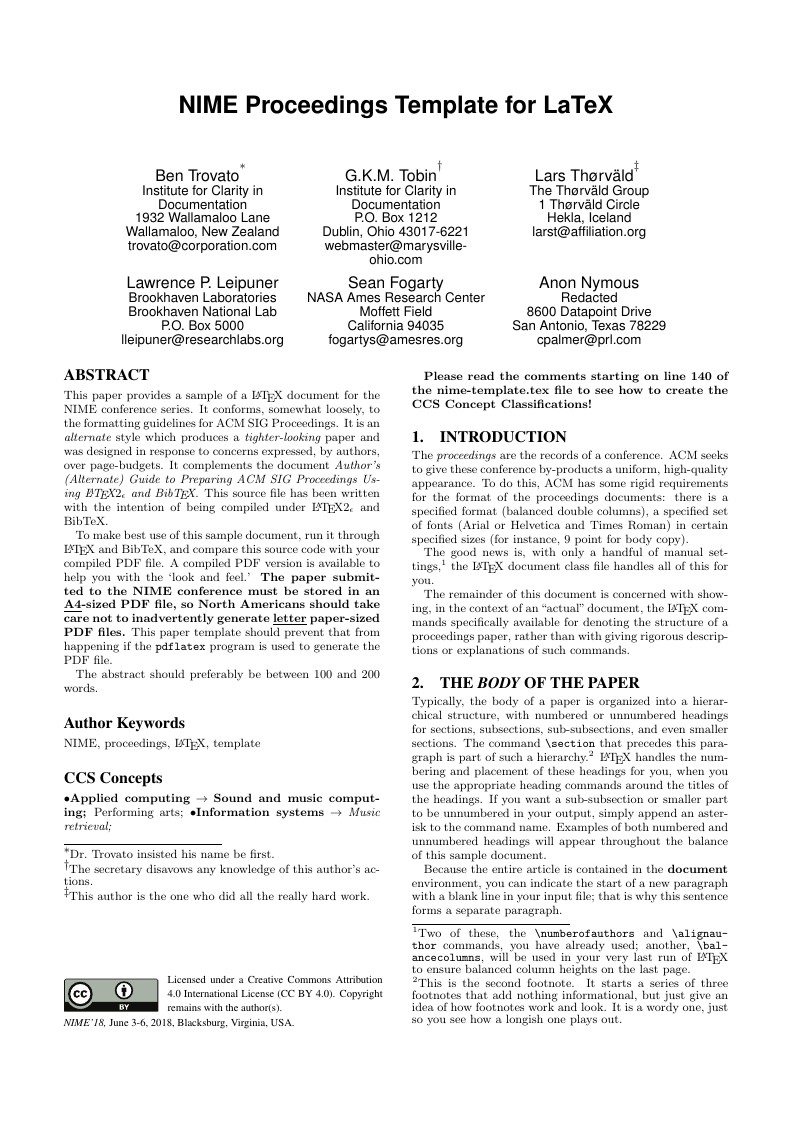
This paper provides a sample of a LATEX document for the NIME conference series. It conforms, somewhat loosely, to the formatting guidelines for ACM SIG Proceedings. It is an alternate style which produces a tighter-looking paper and was designed in response to concerns expressed, by authors, over page-budgets. It complements the document Author’s (Alternate) Guide to Preparing ACM SIG Proceedings Using LATEX2ε and BibTEX. This source file has been written with the intention of being compiled under LATEX2ε and BibTeX.
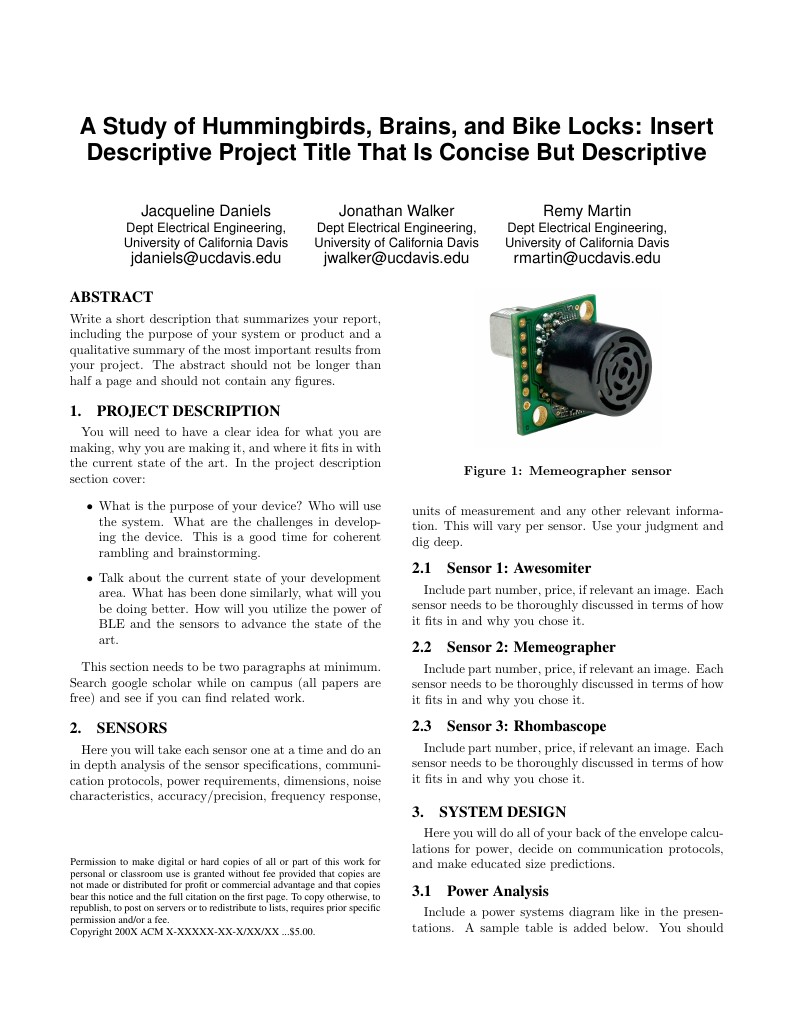
Template for final project reports for EEC 136AB Electronics Design Project, a senior capstone team-based design course at UC Davis.
\begin
Discover why over 20 million people worldwide trust Overleaf with their work.